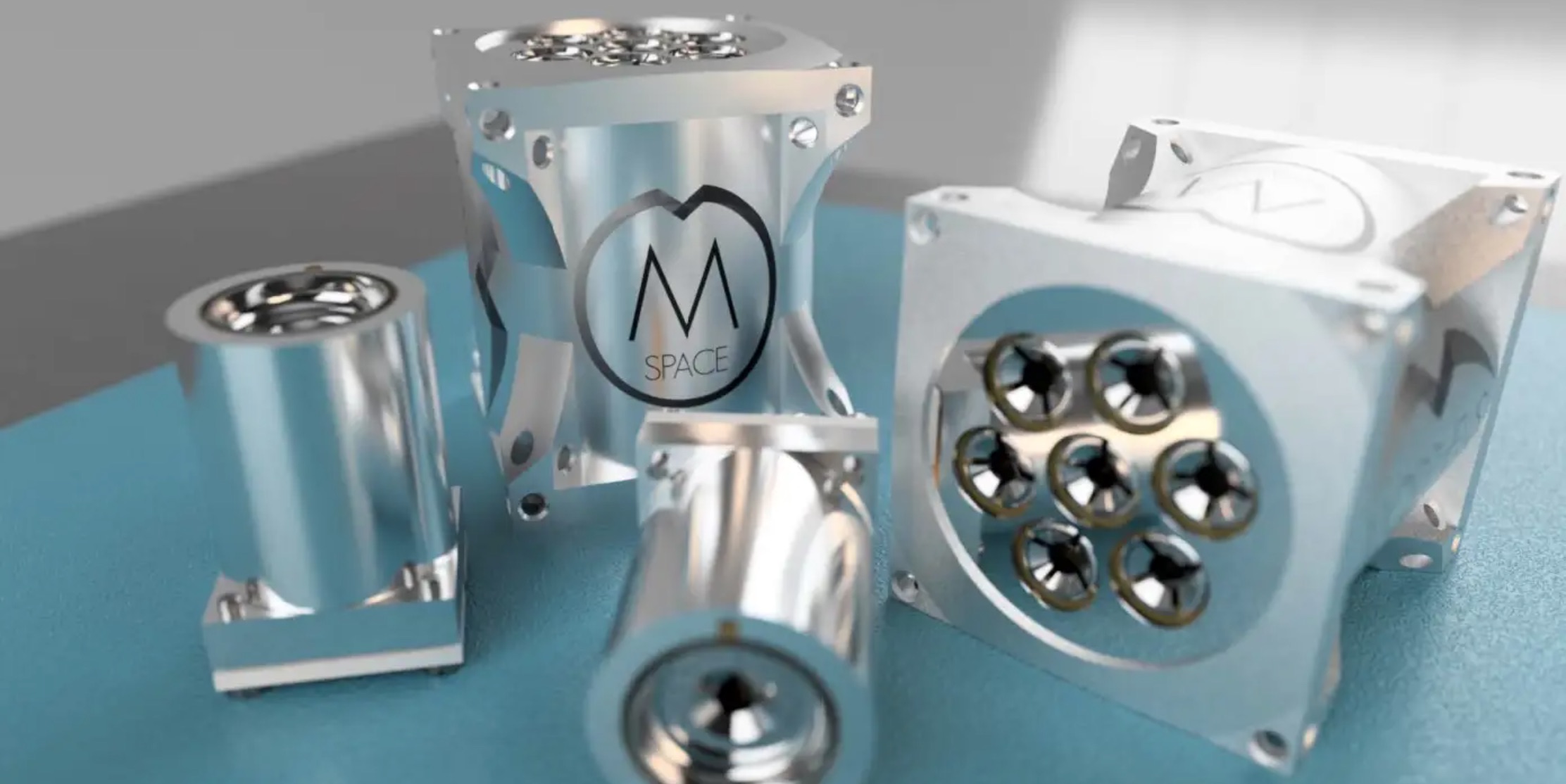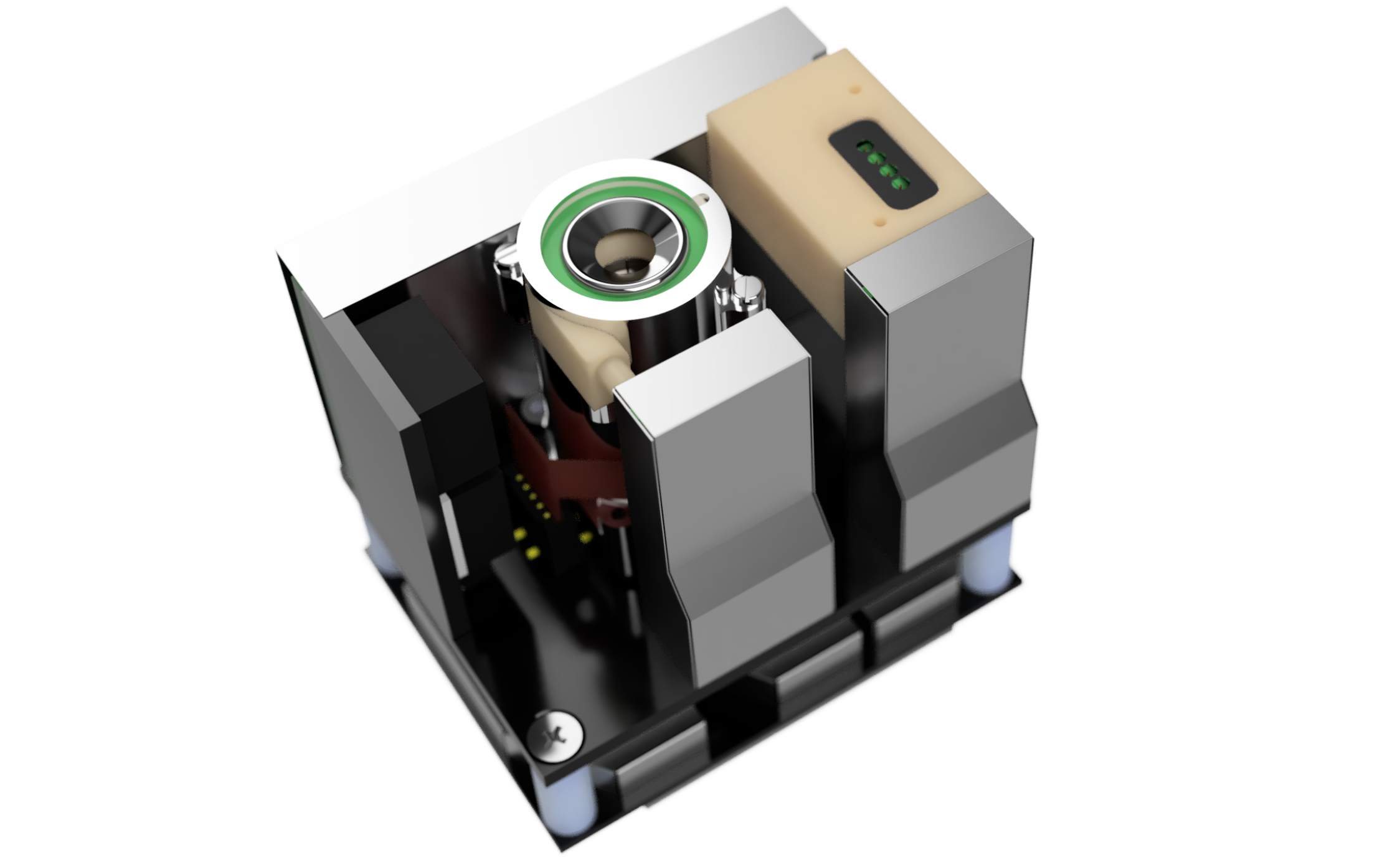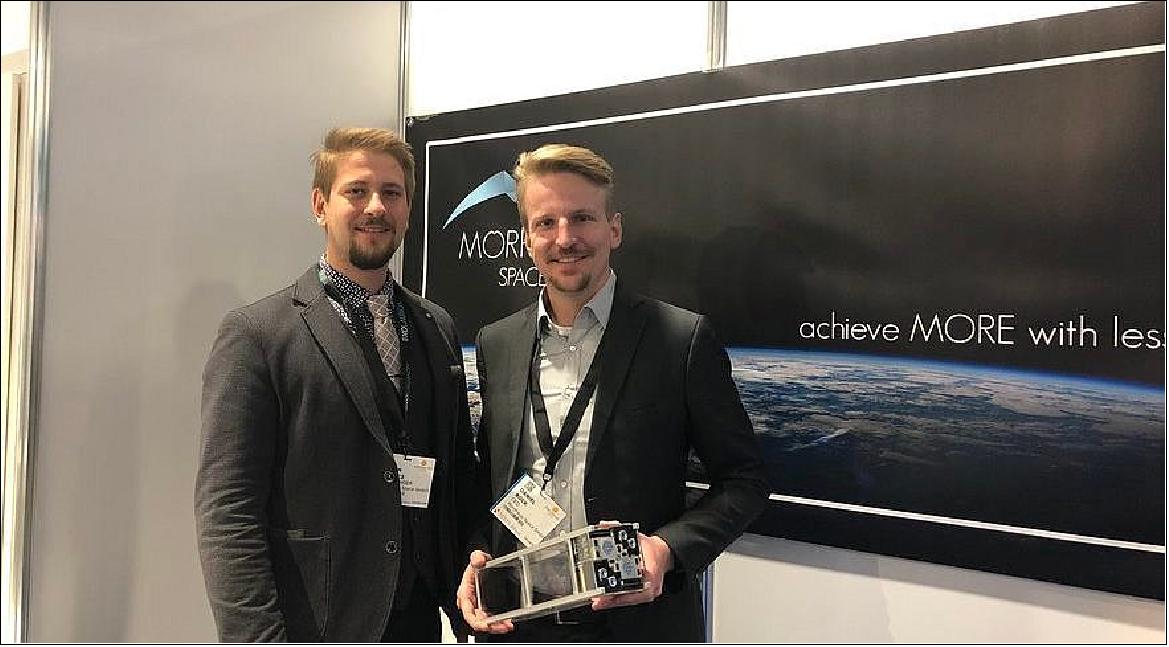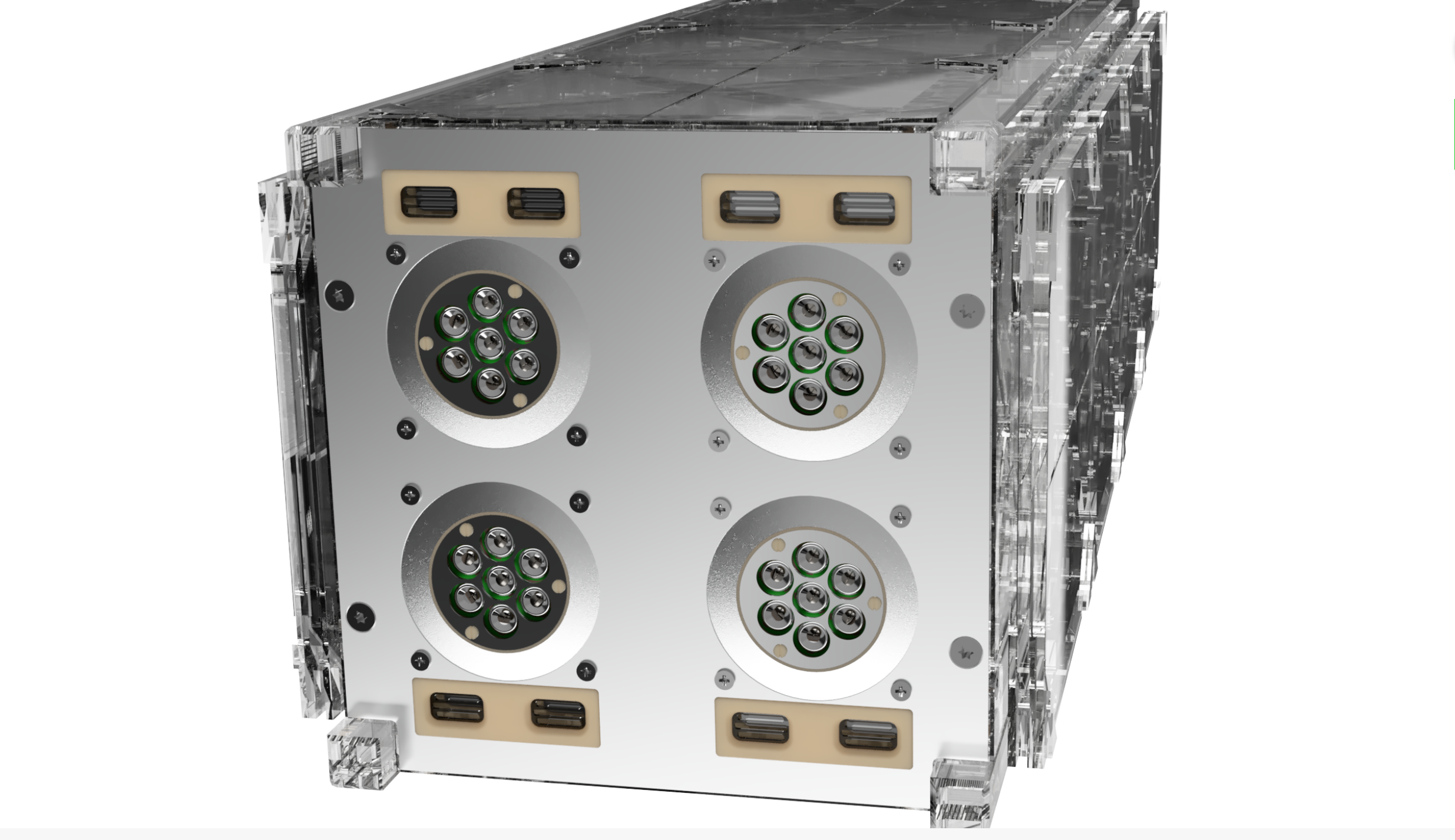
The heavens are currently swarming with miniature satellites that are being launched into obit seemingly every week, with plans for massive satellite constellations from companies like SpaceX and Amazon coming to the cosmos soon.
With all these cubesats and more being rocketed into space for a wide range of governmental and private providers, there's a mad rush for various small propulsion systems to help maneuver these space-bound satellites and keep them in their proper orbits.
One of the leading startup firms in the space mobility market is Morpheus Space, whose line of modular, scalable propulsion products is taking aim at the blossoming orbital industry.
Tech firms tossing their hats in the multi-billion-dollar space industry are hoping to find novel methods of providing propulsion technology that can scale up or down with the unprecedented boom in demand for orbital satellites as the commercialization of space keeps unfolding into the decade.
Related: Superfast spacecraft propulsion systems (images)

We're looking at exponential growth that has never happened in any high-tech field.
István Lőrincz. Morpheus Space President
According to Morpheus CEO and co-founder Daniel Bock, delivering the world's smallest, most efficient mobility system to satellites is their primary goal, which originated from a motivation to fill the urgent need for cost-sensitive, reliable spacecraft maneuverability.
Morpheus Space was spawned from a research project at the Dresden University of Technology and since its inception in 2018 the startup made significant advances in thruster technology. This U.S.-based company already has its propulsion units operating in space and has collaborated with an impressive list of partners including NASA's Jet Propulsion Laboratory.
Get the Space.com Newsletter
Breaking space news, the latest updates on rocket launches, skywatching events and more!
"I can talk a lot about the technical merits of our propulsion system, that's meant to be a modular building block for a propulsion system," Morpheus Space President István Lőrincz tells Space.com. "You can combine it and build up an array to propel any size of spacecraft, and that in itself is already quite unique. On top of that, we use a metal propellant that's stored inside the brick and it can provide continuous thrust for many years non-stop. That enables persistent maneuvering and so on. It’s very efficient and very small and it’s the best you can get right now.
"These are all things that make our propulsion system better. However, there are a lot of other propulsion systems out there and it's crowded. It's not just about 20% better efficiency or less propellant consumption or less power consumption."

Lőrincz explained that the actual challenge of how you can distinguish yourself as a company right now in space is by fully embracing the concept of scalability.
"And that's what makes Morpheus Space stand out, and that's why we will win this little 'gold rush' race," he adds. "Our closest competitor just announced in a newsletter that they are building a new production facility that would bring their output to about 100 units per year. This has happened after being in business for seven years and they have six thrusters in orbit.
"We've really only been fully in business since 2020 and as of early next year we'll have more propulsion systems in orbit than anyone else. And that's because our next factory is going to be in the order of magnitude of tens of thousands of units per year. If you look at projections for the space industry, within a decade the number of satellites in orbit is going to be increasing exponentially, up to 40,000. And these are very conservative projections."
Lőrincz believes that the problem is not for each individual company, but to think of the scale of the entire industry and look at what it’s capable of delivering right now.
"We need to have players who really stretch the status quo and challenge every expectation of them. We're looking at exponential growth that has never happened in any high-tech field."
Related: US military to demo nuclear power systems in space by 2027

Now with a U.S.-based office in Los Angeles, Morpheus has launched a new suite of products called the Sphere ecosystem. This slate of offerings is designed to complement each other to cut the price and complexity of satellite constellation operations.
Sphere products utilize a new non-corrosive, non-toxic metal alloy propellant, plug-and-play autopilot, space mission software, and a web application to help clients browse through and purchase the new lineup.
Morpheus took off in 2020 after demonstrating to investors that its Nano Field Effect Electric Propulsion (NanoFEEP) thrusters could sufficiently propel cubesats in orbit. Morpheus also offers MultiFEEP, which is a more powerful thruster module combining seven NanoFEEP thrusters with advanced features for thrust vectoring.
Their scalable technology allows customers and clients to quickly build a large batch of thrusters, as opposed to building a bespoke propulsion array to custom fit the satellite. This drastically slashes prices for a greater base of clients requiring orbital maneuvering capabilities.
Morpheus Space is currently a privately-held company and has no plans to go public anytime soon, at least until they’re further established and the industry matures.
"To be able to talk about going public, we first want to be able to maintain the expectations of the past for IPOs," Lőrincz notes. "If you look at all the IPOs and SPACs for the space industry that have happened, they’ve happened too early. The number of data points for these companies was just not sufficient in a very risky environment. Since everything is not set in stone and rapidly changing, that’s one reason the performance of these stocks is not so good.
"Satellites will not go away. It's an infrastructure like paved roads. It was never a question of whether or not these roads were going to stay or not. Space and everything that's going up in orbit is being integrated into our society. And that's not something you can just get rid of because a company went bankrupt. There's still a need and it's not going anywhere."
As a kid, Lőrincz was presented with a picture of the future that resonated with his value system and ethics, and that was "Star Trek." It was a bright utopian future where humanity had solved all their problems and the next challenge was the new frontier of outer space.
"Enthusiasm and excitement around space and space exploration and expanding humanity into the solar system is exciting again," he said. "And that's what gives me motivation to keep on driving and pushing the limits of what we know is possible. I want to bring back the excitement and the possibility for the future that was envisioned in the ‘80s.
"When you look at science fiction and the cultural demeanor just a few years ago, everything was pessimistic and dystopian and nobody cared about a fruitful future and all the good qualities we can imagine. But we can bring that back!"
Follow us on Twitter @Spacedotcom and on Facebook.
Join our Space Forums to keep talking space on the latest missions, night sky and more! And if you have a news tip, correction or comment, let us know at: community@space.com.

Jeff Spry is an award-winning screenwriter and veteran freelance journalist covering TV, movies, video games, books, and comics. His work has appeared at SYFY Wire, Inverse, Collider, Bleeding Cool and elsewhere. Jeff lives in beautiful Bend, Oregon amid the ponderosa pines, classic muscle cars, a crypt of collector horror comics, and two loyal English Setters.









